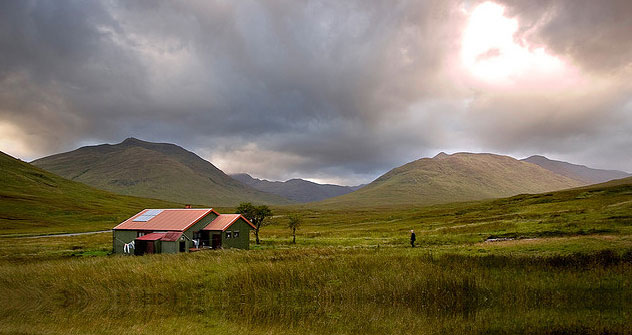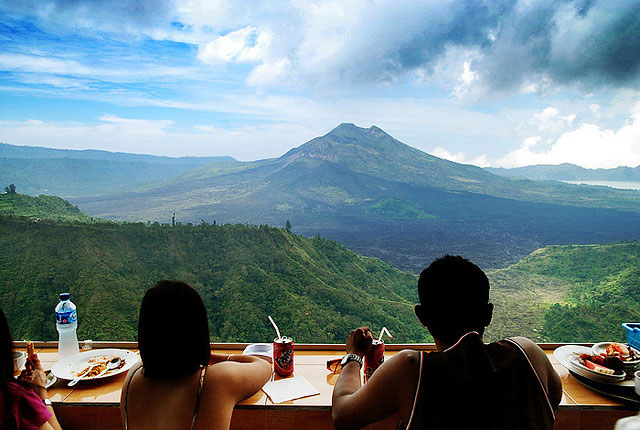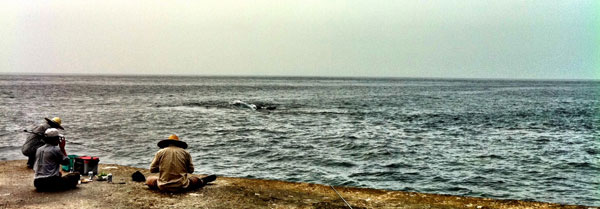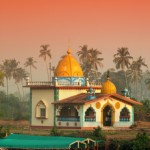The Temples of Goa, India
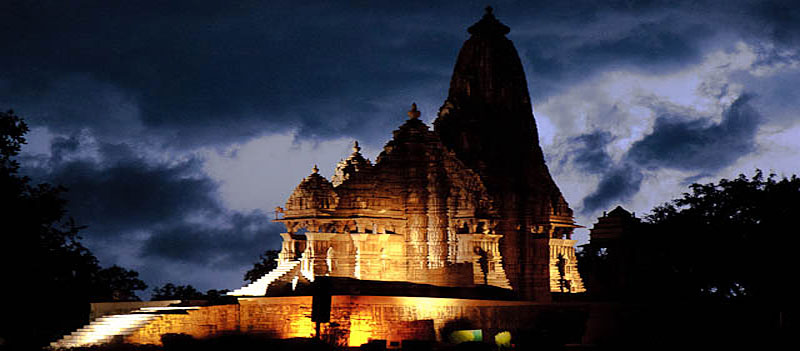
India’s smallest state, Goa, has been drawing people to its shores for generations. Its history stretches back 30,000 years, over countless empires and dynasties, and it contains some of the oldest temples in the country. It was also the site of a Portuguese colonial settlement from 1510 until 1961, and as a result it boasts some of the most astounding architecture and cultural practices in the region, a curious mix of traditional Hindu and European influences. Once a haven for New Age travelers, the state is still one of the most popular tourist destinations in the country.
The Oldest Temple in Goa
The original temples in Goa were made of black stone, constructed in the Hemadpanthi architectural style. For thousands of years they were the centerpieces of Goan villages, the spots where citizens would gather to celebrate and pray together. When the Portuguese arrived in the 16th century, they demolished as many of these ancient structures as they could find, and only one original structure exists today: The Mahadev Temple.This Shiva temple was built in the 12th century, and is still an active place of worship. It is made from black basalt, which is sturdily weather-resistant, and likely survived thanks to how remote it is; it’s buried deep in the forest, surrounded by impenetrable trees. Today it is part of the Bhagwan Mahaveer Sanctuary and Mollem National Park, a protected area that also contains gorgeous tiered waterfalls and several wildlife sanctuaries.
When Worlds Collide
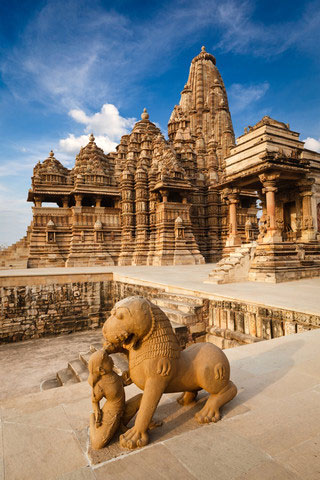
King and lion fight statue and Kandariya Mahadev temple in Goa, India
The Basilica of Born Jesus is a massive church, one of the best examples of Indian Baroque architecture, and is one of the oldest monuments in the country. Completed in 1605, it has marble floors, gold-gilded altars, and is covered in elaborate decorations and carvings. The site is renowned all over the world because it is the resting place of St. Francis Xavier, one of the first Jesuits and the patron saint of Goa.
The district of Old Goa was the capital of Portuguese India, but was abandoned in the 1700s due to the plague. It contains a great number of churches, statues, and basilicas that have been maintained over the years to preserve them as World Heritage sites. No matter your belief system, these buildings are a wonder to behold, a mix of Old World European Catholicism with ancient Eastern flairs. Its incredible beaches and fascinating historical locations must be seen to be believed.
-Subscribe to get free updates via RSS or email, follow us on Twitter or find us on Facebook-


